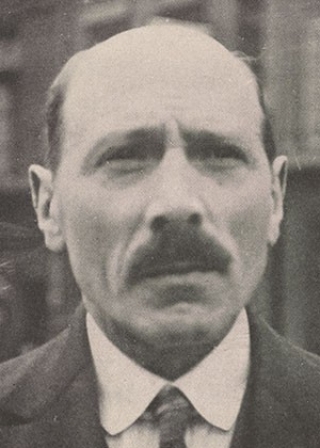Born 1872, Talence, France
Died 1943, Paris, France
Dominique-Paul Peyronnet spent most of his professional life as a printmaker. He began working in a shop in Paris in 1902, gaining success and respect for his skill in color lithography. Military service during World War I briefly interrupted his career, then after retiring in 1920, he began to paint landscapes and exhibited at the Salon des Indépendants between 1932 and 1935. The highly detailed, allover focus of his canvases and his simplified motifs triggered comparisons with Henri Rousseau, whose posthumous reputation loomed large in Paris.
Peyronnet is known to have produced only around thirty paintings, mostly pastoral and sylvan landscapes, river scenes, and seascapes. His canvases are distinguished by the precision of a master craftsman. Using minute brushstrokes, Peyronnet meticulously depicted each leaf in a forest of trees, each crest on a sea of waves, each strand of hair on a woman’s head. This surreal level of detail is contained by bold, linear compositional structures to produce a tense yet tranquil mood. Eight of his works were included in Alfred Barr’s Masters of Popular Painting (1938), one of which was acquired for MoMA and featured in the gallery of the permanent collection devoted to “Modern Primitives” in 1941.
Peyronnet’s Ferryman of the Moselle, which won the Paul Guillaume prize in 1936 and secured the painter’s reputation, entered MoMA’s collection in 1939. In this nocturnal scene, the rippled surface of the water echoes a zigzagging hillside to produce an eerie sense of stillness. The haloed moon illuminates a tale from the Franco-Prussian War that was related in a song, “Le passeur de la Moselle,” first performed in 1874 at the popular Parisian café concert, the Eldorado. Forced to give passage to a group of German soldiers, a French ferryman tricks the enemy troops, sacrificing himself and sending them to their deaths. In imagining this haunting scene of patriotism, Peyronnet drew on his own difficult experience of war to produce an evocative and poetic image.
Jenevive Nykolak
Cahill, Holger, et al. Masters of Popular Painting: Modern Primitives of Europe and America. New York: The Museum of Modern Art, 1938.
Wolf, Falk, and Kasper König, eds. The Shadow of the Avant-Garde: Rousseau and the Forgotten Masters. Berlin: Hatje Cantz, 2016.
